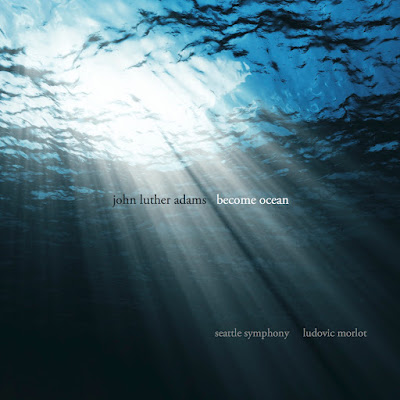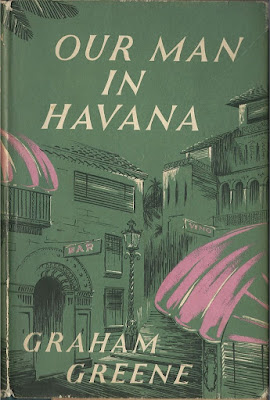
"The French New Wave burst onto world movie screens during the late 1950s and early 1960s. It was launched by a new, restless post-WWII generation in their teens and twenties who wanted to see a renewal in all the arts and culture. Their startling production tactics quickly caught on beyond France’s boundaries. These youthful movies were not just about young people, they were also told with fresh new techniques, some of which seemed too radical and untested to entrenched critics. The core of young writer-directors, including François Truffaut, Claude Chabrol, and Jean-Luc Godard in Paris, began as brash young film critics in Cahiers du Cinéma, but they quickly inspired a new generation of actors, writers, and directors throughout Europe and the world. The New Wave was a youthful reaction against mainstream culture and its traditional approaches to storytelling. These new filmmakers wanted their movies to speak to young audiences the world over, and they themselves were likewise influenced by international trends, including jazz. ..."
moochin about
Jazz On Film Records
amazon
bandcamp: JAZZ ON FILM...THE NEW WAVE (Audio)
















































